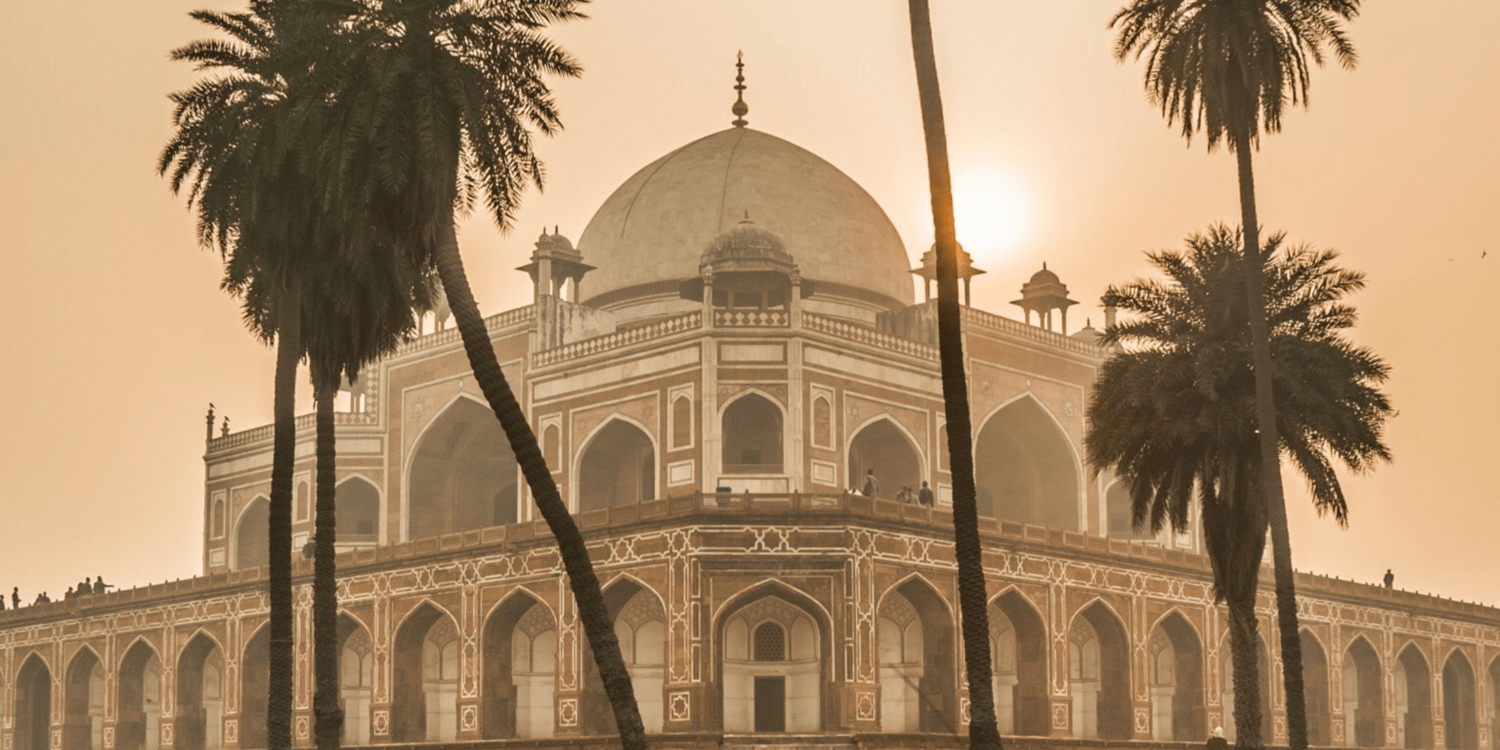India’s Economic ‘Sweet Spot’: Unraveling Nuances and Caution in a Complex Landscape

In the economic crossroads of India, a nuanced narrative unfolds as DBS Bank identifies a ‘sweet spot’ amidst a backdrop of optimism and potential challenges. As the country grapples with evolving dynamics, the financial institution acknowledges the overall robustness of India’s economy. However, DBS Bank raises a pertinent concern — a potential deceleration in private consumption growth. This paradoxical scenario forms the crux of our exploration, delving into the factors contributing to India’s economic resilience while scrutinizing the implications of a sluggish private consumption trend. Join us as we navigate the intricate balance that positions India at a ‘sweet spot’ with discernible caution on the horizon.
Navigating India’s Economic ‘Sweet Spot’: Balancing Growth, Consumption, and Inflation Dynamics
In the economic landscape of India, a delicate equilibrium is observed, described as a “sweet spot” by Radhika Rao, senior economist at DBS Bank. While the country’s GDP marked an impressive 7.6% expansion in the July to September quarter, propelled by robust manufacturing and government expenditure, concerns arise regarding the potential slowdown in private consumption growth. This growth, though surpassing expectations, slightly dipped from the preceding quarter. Despite the positive trajectory, Rao cautions that India’s economic resilience may face challenges, particularly evident in the slowdown of consumption activity during the summer months, attributed to erratic weather impacting farm production.
As the nation anticipates a festive surge in household consumption during the October to December quarter, Rao forewarns of a possible decline in the subsequent January to March quarter, coinciding with the 2024 general elections. The cyclicality of consumption patterns intertwines with the nation’s political landscape, adding a layer of complexity to economic projections.
Adding to the economic intricacies, inflation in India is expected to rise in November, primarily due to potential increases in food prices. Rao underscores that while inflation reached a four-month low in October, lingering above the Reserve Bank of India’s 4% target, a noteworthy surge in interest rates is not anticipated. The central bank, she predicts, will maintain its hawkish stance, potentially tweaking macroprudential measures to address inflation concerns without resorting to rate hikes.
The spotlight on inflation becomes more pronounced as food inflation, constituting a significant portion of India’s consumer price basket, showed a marginal uptick in October. Despite this, Rao emphasizes the Reserve Bank’s reluctance to shift its focus at inflation levels around 5% or 4.5%. In navigating these economic nuances, DBS Bank envisions a scenario where the Reserve Bank of India maintains its hawkish stance without resorting to imminent rate hikes.
As India treads the delicate balance of economic growth, consumption patterns, and inflation dynamics, the ‘sweet spot’ comes into sharper focus, bringing forth a multifaceted narrative that reflects the intricacies of one of Asia’s major economies.
Strategic Insights for Traders: Navigating Opportunities in India’s Economic Landscape
For traders with a keen eye on the Indian financial markets, the nuanced dynamics unfolding in the country’s economic landscape offer both challenges and strategic opportunities. The anticipated slowdown in private consumption growth, as flagged by DBS Bank’s Radhika Rao, introduces a layer of complexity for traders seeking to optimize their positions. As consumption patterns exhibit cyclicality tied to both seasonal factors and looming political events, traders need to align their strategies with these temporal shifts.
The festive surge in household consumption during the October to December quarter presents a potential short-term opportunity for traders to capitalize on increased market activity. However, the cautionary note of a subsequent decline in the January to March quarter, coupled with the impending 2024 general elections, underscores the importance of agility and risk management.
The expected rise in inflation, particularly in food prices, can influence trading strategies. Traders might explore commodities or sectors resilient to inflationary pressures, seeking to diversify their portfolios strategically. Additionally, the maintenance of a hawkish stance by the Reserve Bank of India, without an immediate hike in interest rates, creates an environment where traders may need to navigate with an astute understanding of macroprudential measures.
In this intricate economic landscape, astute traders can leverage their insights to identify sectors likely to thrive amid these challenges. Sectors resilient to inflation, companies aligned with festive consumption trends, and those demonstrating adaptability to political uncertainties present avenues for strategic positioning. As India’s economic story continues to evolve, traders equipped with a nuanced understanding stand poised to extract value from the opportunities interwoven within the complex tapestry of the Indian financial markets.


























Comments (0 comment(s))